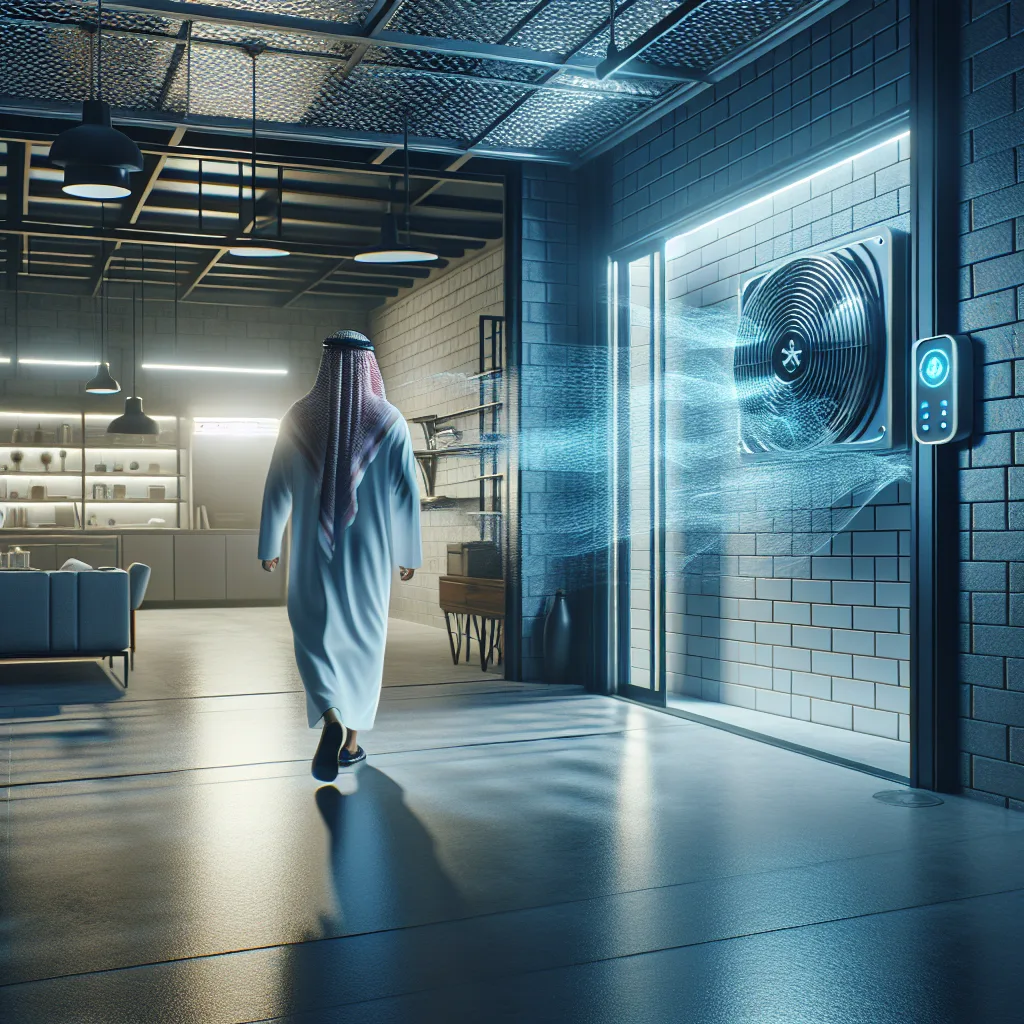A simple, no-fuss guide to setting up a smart freezer monitoring system in 2025 using off-the-shelf tech.
It’s a gut-wrenching feeling. You come home from a trip, open your deep freezer expecting to find it fully stocked, and are instead hit with a wave of warm, spoiled air. It’s a costly and heartbreaking discovery, and one I’ve unfortunately experienced more than once. The first time, a power outage was the culprit. The second? A silent compressor failure while I was out of town. Thousands of dollars in quality food, gone. That’s when I decided I needed a reliable freezer monitoring system. I wanted something that would alert me the moment something went wrong, whether I was home or away.
If you’ve ever faced this, or just want the peace of mind that comes with knowing your food is safe, you’re in the right place. In 2025, setting up a system to watch over your freezer is easier and more affordable than ever. You don’t need to be a tech genius or an electrician. With a few smart, off-the-shelf devices, you can build a setup that monitors for the most common points of failure.
Why a Simple Temperature Alarm Isn’t Enough
When you think about freezer safety, a simple temperature alarm seems like the obvious answer. But the reality is, by the time the temperature starts to rise, the problem has already been going on for a while. A truly effective freezer monitoring system watches for the cause, not just the symptom.
Here are the three main things you need to monitor for total peace of mind:
- Power Draw: This is your first line of defense. A tripped circuit, an unplugged cord, or a dead compressor all result in the same thing: the freezer stops drawing power. A smart plug can detect this instantly.
- Temperature: This is your direct indicator of food safety. A reliable temperature probe will tell you the moment your freezer enters the danger zone, giving you time to act. According to the FDA, a freezer should be kept at 0°F (-18°C) to keep food safe indefinitely.
- Door Status: The most common (and frustrating) failure is often human error. A door left slightly ajar can cause frost buildup, make the compressor work overtime, and eventually lead to spoiled food. A simple door sensor solves this problem completely.
Building Your Freezer Monitoring System: The Components
After a ton of research, I landed on a simple, effective setup that combines a few key products. The goal was to make it as “out-of-the-box” as possible, with no complex wiring. Here’s what you’ll need.
- For Power Monitoring: A Smart Plug
A smart plug with energy monitoring is the cornerstone of this system. You don’t just want to turn the freezer on and off remotely; you want to know if it’s drawing electricity. The Shelly Plug US is perfect for this. It’s a Wi-Fi-based plug that constantly tracks power consumption. You can set up an alert to notify you if the power draw drops to zero for more than a few minutes, which is a clear sign that something is wrong. -
For Temperature and Door Monitoring: Sensor Kit
For temperature and door status, Zigbee sensors are a great choice due to their long battery life and reliability. While many smart home brands exist, Aqara offers affordable and highly-rated sensors that are perfect for this job.- Aqara Temperature and Humidity Sensor: This tiny device can be placed inside your freezer. Look for one with a flat cable probe, which allows you to run the wire past the freezer’s rubber seal without breaking it.
- Aqara Door and Window Sensor: This two-part sensor can be stuck onto the freezer body and its door. It will send an alert if the connection is broken (i.e., the door is open) for too long.
One important note: Aqara devices require their own hub to connect to your network. This might sound like a hassle, but it’s a simple, one-time plug-in setup that ensures all your sensors communicate reliably.
Putting It All Together: A 3-Step Guide to Your Freezer Monitoring System
Ready to set it up? It should only take about 15 minutes.
- Set Up Your Power Alert: Plug the Shelly Plug US into the wall and plug your freezer into it. Download the Shelly app and connect the plug to your Wi-Fi. In the app’s settings, create a “scene” or “automation” that says: “If power consumption from this plug is less than 1W for 5 minutes, send me a push notification.”
-
Set Up Your Sensors: Plug in your Aqara hub and connect it to your network using the Aqara app. Pair the Temperature Sensor and the Door/Window Sensor. Place the temperature probe inside the freezer, running the flat cable over the seal. Stick the door sensor onto the lid and body of the freezer.
-
Create Your Temperature and Door Alerts: In the Aqara app (or in your Apple Home or Google Home app if you’ve linked your account), create two more automations:
- Temperature Alert: “If the Freezer Temperature Sensor reads above 15°F (-9°C), send me a notification.”
- Door Alert: “If the Freezer Door Sensor is ‘open’ for more than 2 minutes, send me a notification.”
And that’s it. For a relatively small investment in a few smart gadgets, you’ve built a comprehensive freezer monitoring system that covers every likely point of failure. You’ll get immediate alerts for power loss, rising temperatures, or a door left open. It’s a simple solution that protects your food, saves you money, and buys you invaluable peace of mind. No more coming home to a nasty surprise.
